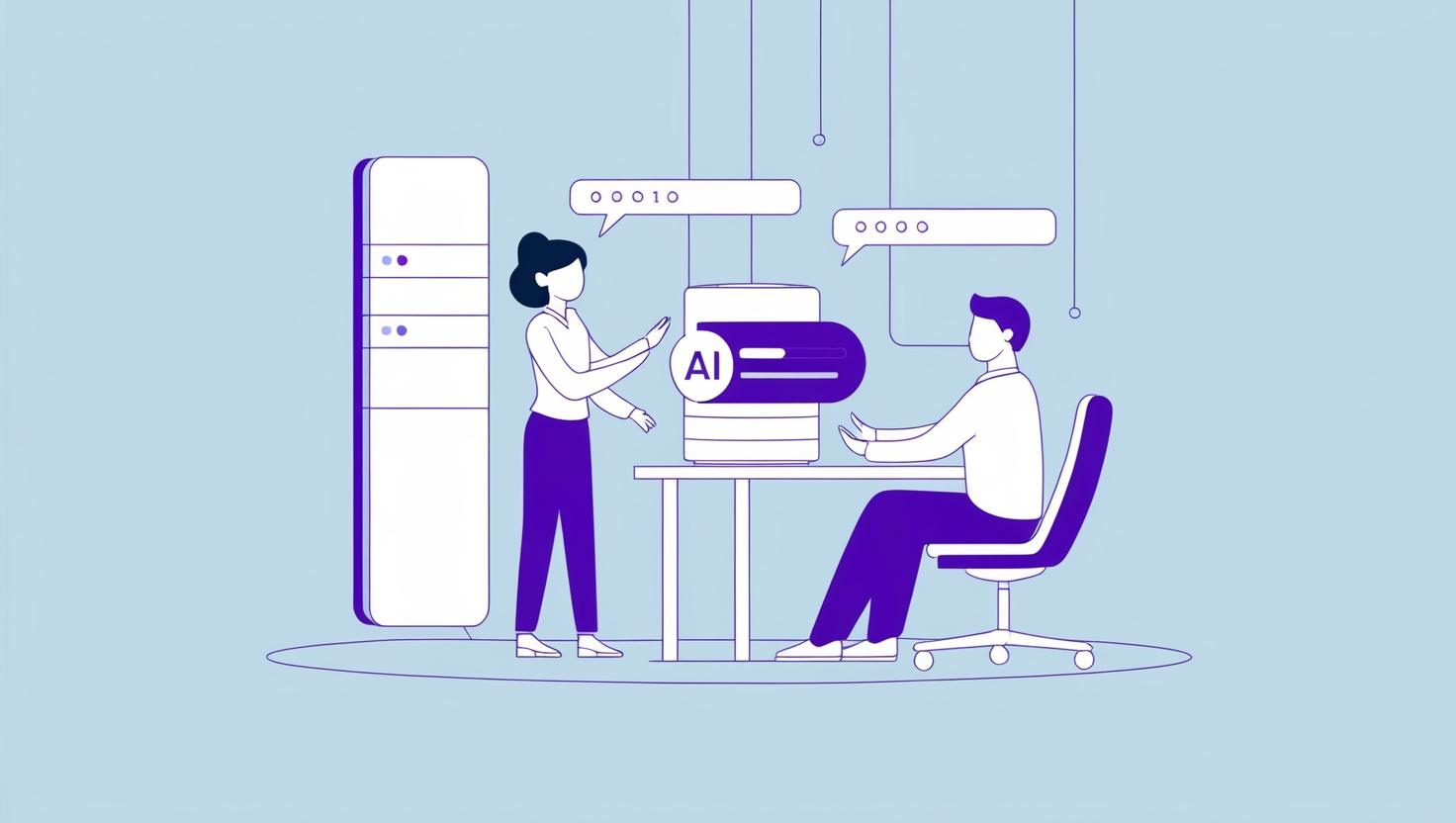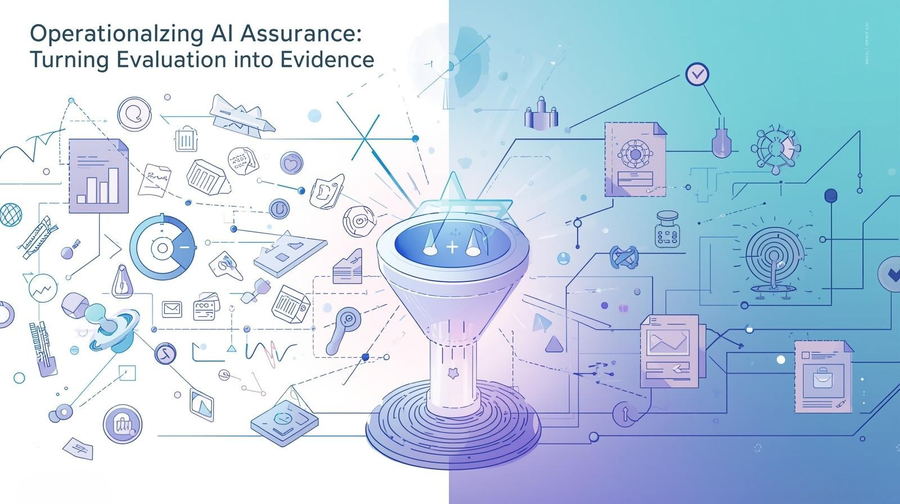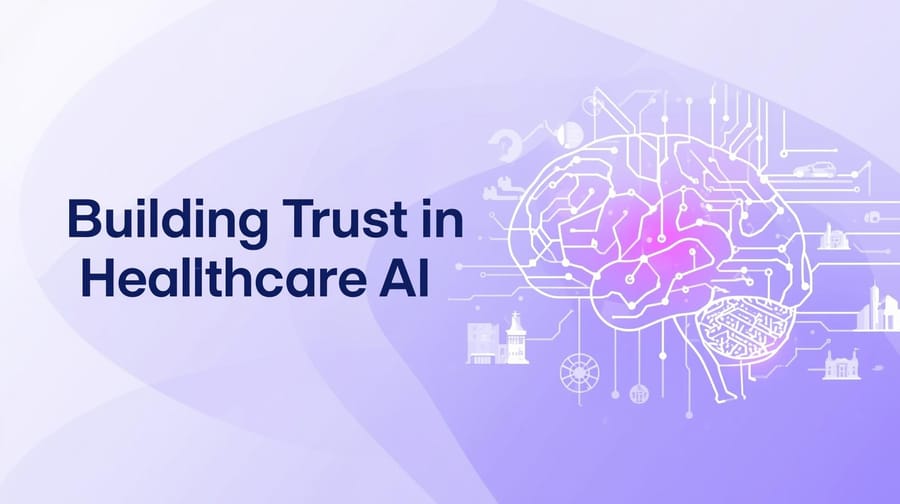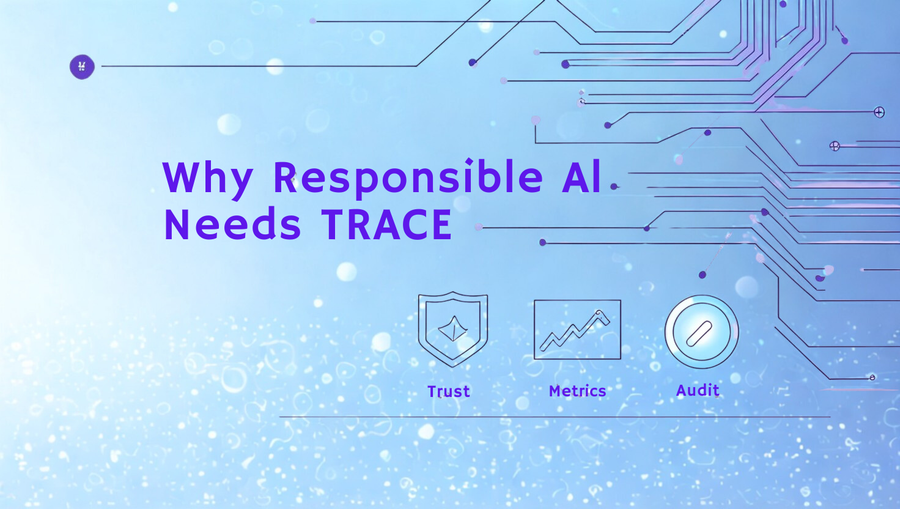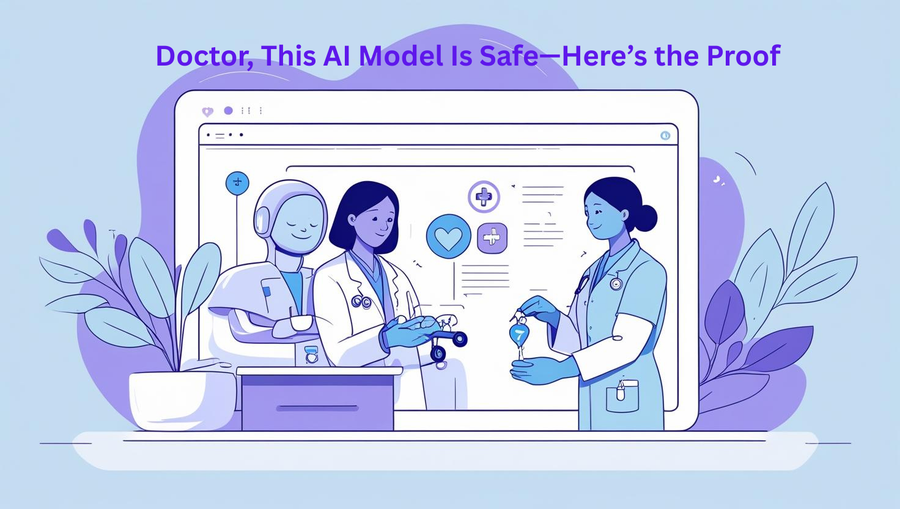Striking the Right Balance Between Automation & Human Oversight
AI is revolutionizing industries—from automating customer service to making high-stakes financial decisions. But as AI systems grow more powerful, the question remains: how much human oversight is needed to ensure fairness, compliance, and accountability?
The concept of Human-in-the-Loop (HITL) AI Governance offers a solution. By combining AI-driven automation with human judgment, organizations can mitigate bias, reduce risks, and build more responsible AI systems. As regulations like the EU AI Act and the NIST AI Risk Management Framework take center stage, balancing automation with human oversight is no longer optional—it’s a necessity.
Why Human-in-the-Loop AI Governance Matters
1. Preventing AI Bias & Ethical Risks
Even the most advanced AI models can produce biased or unfair outcomes if trained on incomplete or skewed datasets. Human oversight ensures that decisions align with ethical standards and regulatory requirements.
🔹 Real-World Example: In 2020, a major tech company faced backlash when its AI-powered hiring tool unintentionally favored male candidates over female applicants due to biased training data. With a HITL approach, human auditors could have caught and corrected the issue before deployment.
2. Ensuring Compliance with Global AI Regulations
Governments worldwide are tightening AI regulations. The EU AI Act mandates human oversight for high-risk AI systems, while NIST AI RMF emphasizes human involvement in risk mitigation. HITL governance helps businesses stay ahead of compliance challenges.
🔹 Fresh Insight: Just recently, a European banking regulator fined a financial institution for using an AI-powered credit scoring system that discriminated against minority groups. Regulators ruled that the lack of human review in automated loan approvals violated fairness guidelines.
3. Building Trust & Transparency in AI
Consumers and stakeholders demand transparency in AI decisions. HITL governance enables businesses to explain AI-driven outcomes and intervene when needed, fostering greater trust and accountability.
🔹 Contextual Relevance: As businesses increasingly rely on AI-generated content (such as deepfake detection, automated marketing, and AI-driven journalism), human intervention remains critical to prevent misinformation, reputational risks, and ethical concerns.
How Human-in-the-Loop Works in AI Governance
A successful HITL AI governance model ensures humans are involved at key stages of the AI lifecycle:
1. AI Model Development & Training
- Human Review of Training Data – Ensures diverse and unbiased datasets.
- Ethical AI Audits – Experts assess potential risks before deployment.
- Synthetic Data Validation – A growing trend where AI generates data to augment training sets, requiring human validation to prevent unintended biases.
🔹 Case Study: A leading e-commerce company implemented HITL governance by having human reviewers validate AI-generated product descriptions before they were published, preventing misleading or biased content.
2. Real-Time AI Decision Oversight
- Human Approval for High-Stakes Decisions – In industries like healthcare and finance, AI recommendations undergo human verification.
- AI Explainability & Interpretability – Tools like SHAP and LIME help humans understand AI decisions.
- Human Override Mechanisms – Allows manual intervention in case of algorithmic errors.
🔹 Scenario: Airlines increasingly use AI for dynamic pricing, but human oversight ensures that pricing remains fair, preventing unethical price surges during crises (such as emergency flights during natural disasters).
3. Post-Deployment Monitoring & Feedback Loops
- AI Performance Audits – Continuous monitoring ensures models remain fair and effective.
- Incident Response Mechanisms – Humans intervene when AI errors or ethical concerns arise.
- Customer Sentiment Analysis – Businesses increasingly analyze AI-driven customer interactions, with human moderators reviewing flagged conversations for bias or misinformation.
🔹 Example: Social media platforms use AI to detect and remove harmful content, but human moderators make final decisions on borderline cases to ensure freedom of speech vs. content moderation balance.
Industry Use Cases: HITL AI Governance in Action
🩺 Healthcare: AI-Powered Diagnostics with Physician Oversight
Hospitals use AI for early disease detection, but final diagnoses require human validation. This prevents AI errors from impacting patient care.
🔹 New Trend: AI-powered patient risk prediction models are helping hospitals prioritize care for emergency room patients, but human doctors intervene to ensure ethical triaging.
💳 Finance: Fraud Detection & Compliance
AI identifies suspicious transactions, but compliance teams review flagged cases to avoid false positives and customer dissatisfaction.
🔹 Recent Example: A fintech company implemented AI-driven loan approvals, but regulators required human intervention for loan rejections to prevent unfair credit scoring.
🤖 HR: AI-Driven Hiring with Human Fairness Checks
AI helps filter job applicants, but recruiters manually review final selections to prevent biased hiring decisions.
🔹 Emerging Trend: Companies are now using AI-driven video interviews, but human HR professionals review flagged responses to ensure that AI does not misinterpret facial expressions or dialects as negative traits.
🚗 Autonomous Vehicles: HITL in Action
Self-driving car systems rely on AI to navigate, but human intervention remains essential.
🔹 Example: Tesla’s AI-powered Autopilot requires driver attention and can be overridden in real-time—demonstrating HITL in safety-critical AI applications.
Best Practices for Implementing HITL AI Governance
✅ Define Clear Roles & Responsibilities – Establish where human oversight is needed.
✅ Use AI Explainability Tools – Ensure decision-making is transparent.
✅ Monitor AI Performance Continuously – Detect issues before they escalate.
✅ Align with Regulatory Frameworks – Follow EU AI Act, NIST AI RMF, and ISO 42001 guidelines.
✅ Create an AI Incident Response Plan – Have protocols for addressing AI failures.
✅ Invest in Human-AI Collaboration Training – Equip employees with skills to work alongside AI effectively.
The Future of AI Governance: Balancing Efficiency & Responsibility
As AI evolves, organizations must find the right balance between automation efficiency and human oversight. Companies that embrace HITL governance will not only reduce risks and enhance compliance but also foster greater public trust in AI-driven decision-making.
🔹 Future Outlook: AI governance is shifting from reactive to proactive AI assurance, where continuous monitoring, predictive audits, and human-AI collaboration will define ethical AI deployment.

